Rocky Point is one of five coastal access points at Patrick's Point State Park. A short quarter-mile walk from the Patrick's Point and Wedding Rock parking area takes visitors through the thick forests of the park and down a few stairs out to the point. On days with large swells, massive waves crash against the rocks creating thundering clashes and propelling water 20 feet into the air.
Living up to its name, this location is very rocky and has no sandy beach. However, the rocks provide prime locations for tidal organisms to thrive. A visit during low tides will unveil many different species of tidal organisms throughout the rocks. The most commonly observed are ochre sea stars, giant green Pacific anemone, limpets, periwinkles, rock crabs, and hermit crabs. Each of these organisms makes its home in different intertidal zones. As you search for these organisms, take note of the relative abundance and location where you find each type. Some of these creatures have the ability to move quickly and thus are not stuck to the same location for their lives. Others move very slowly or are permanently attached to the rock on which they first attach. Can you tell the difference between the permanent dwellers and those that are mobile? How fast do you think each organism moves?
Tidal organisms are not the only ones found at Rocky Point. Harbor seals frequently sunbathe on the rocks to the south. Pacific harbor seals are most easily distinguished from other seals and sea lions by the spots throughout their coats. Some harbor seals are white, others grey or black, while those found in San Francisco are often reddish in color. The easiest way to distinguish a true seal (harbor seals, elephant seals) from a sea lion (California sea lion, Steller sea lion) is that true seals have no external ear flaps, just a hole in their head. Also true seals cannot rotate their hind legs forward, forcing them to move on land by flopping. Sea lions, on the other hand, have ear flaps and can "walk" along the shore.

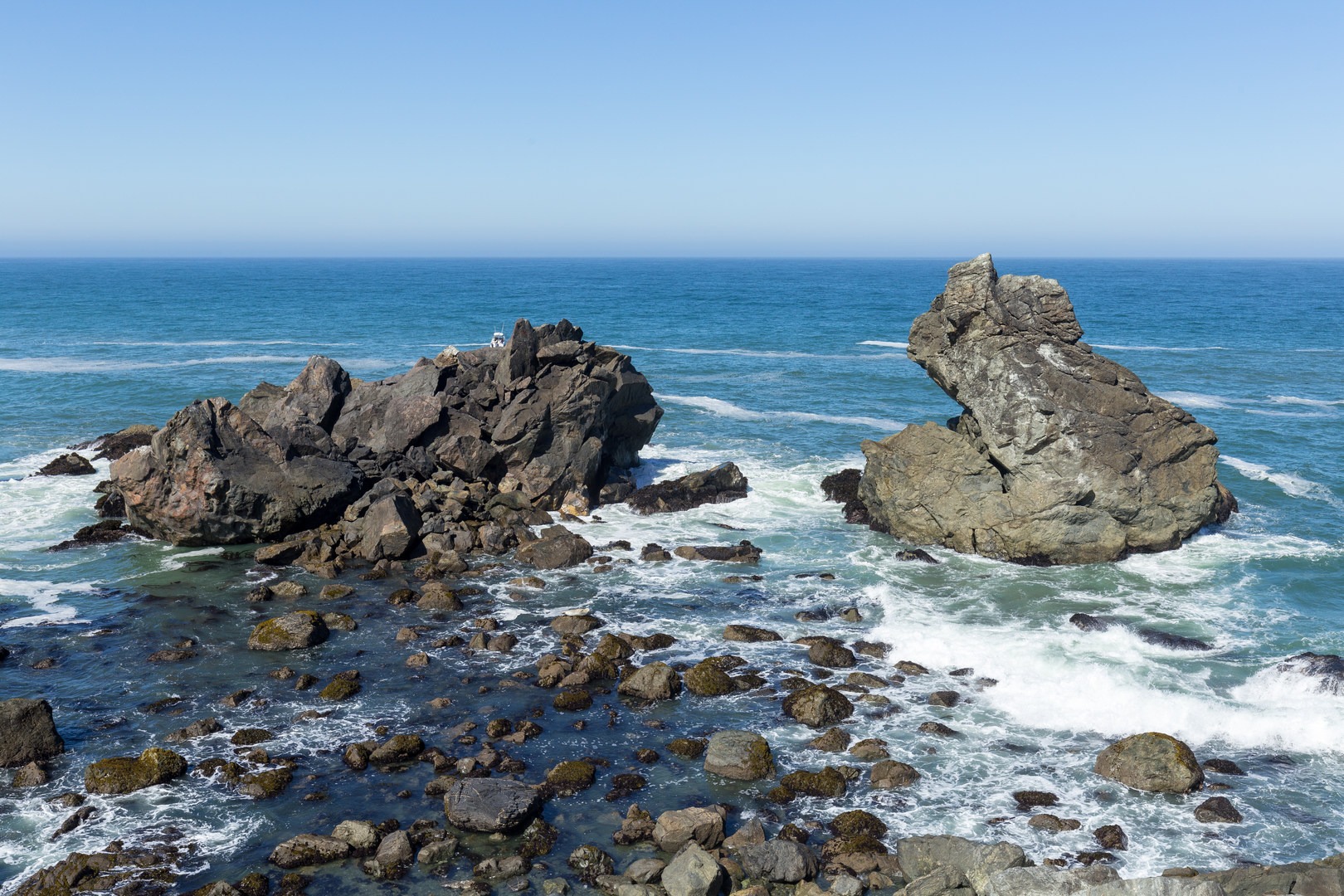














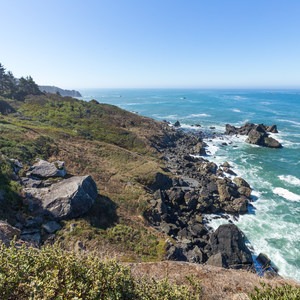

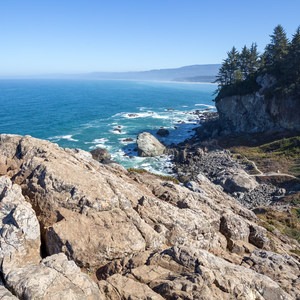
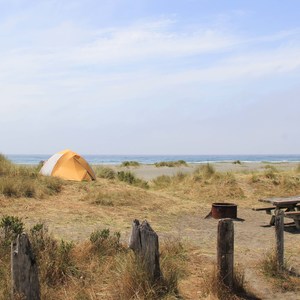
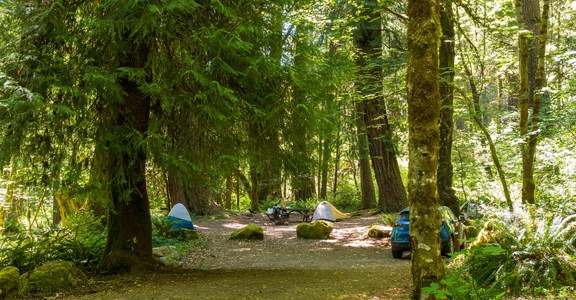
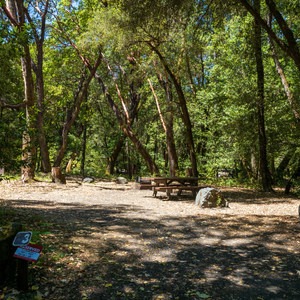



Comments
Sign In and share them.